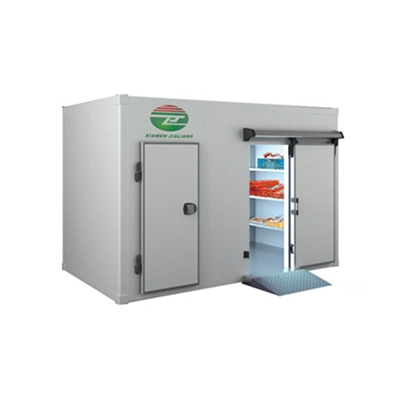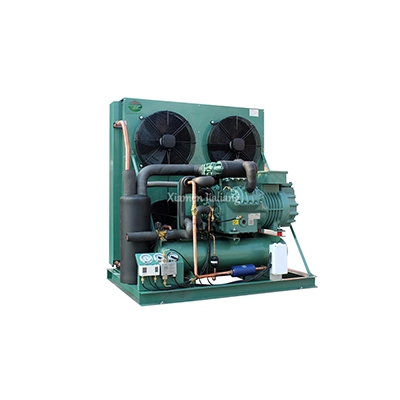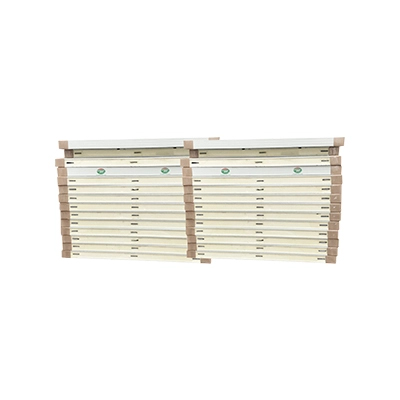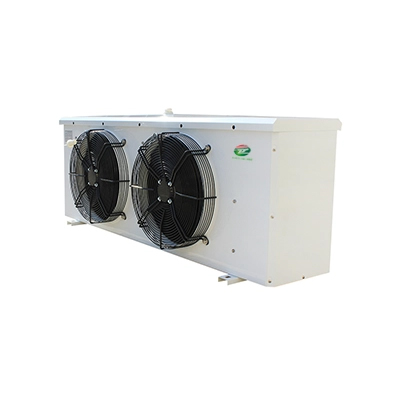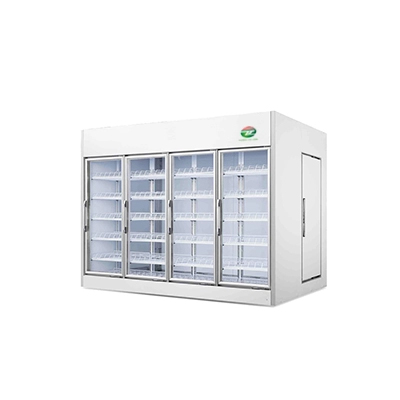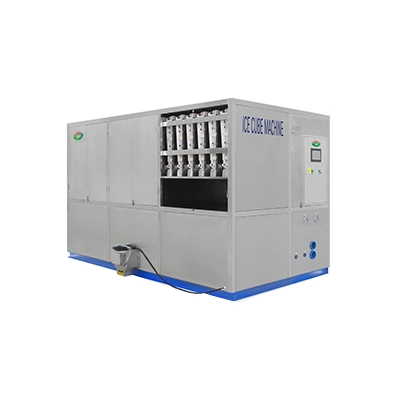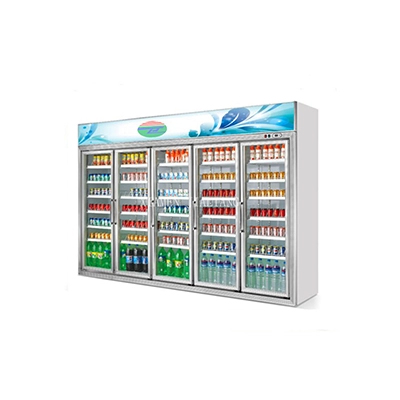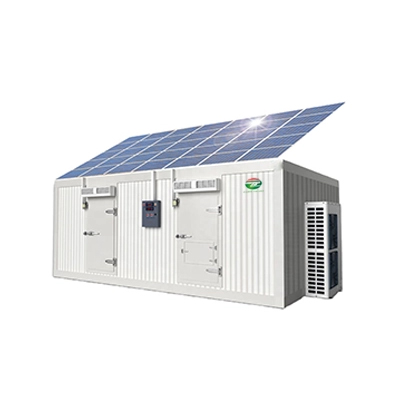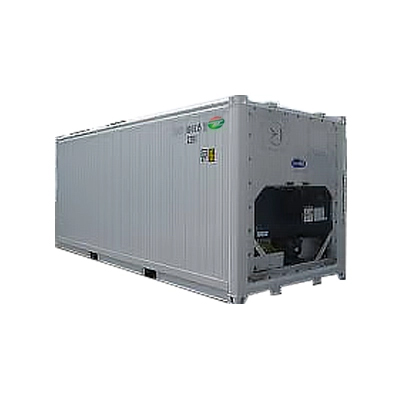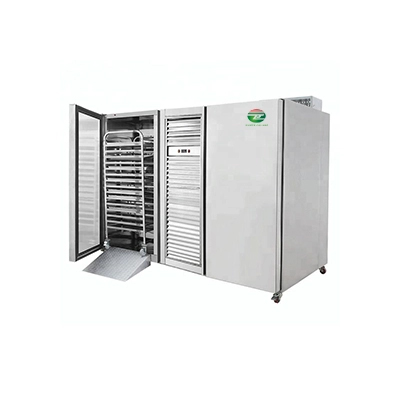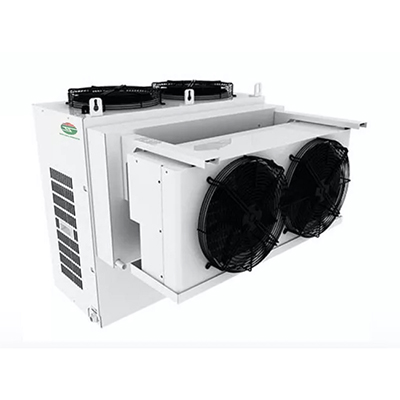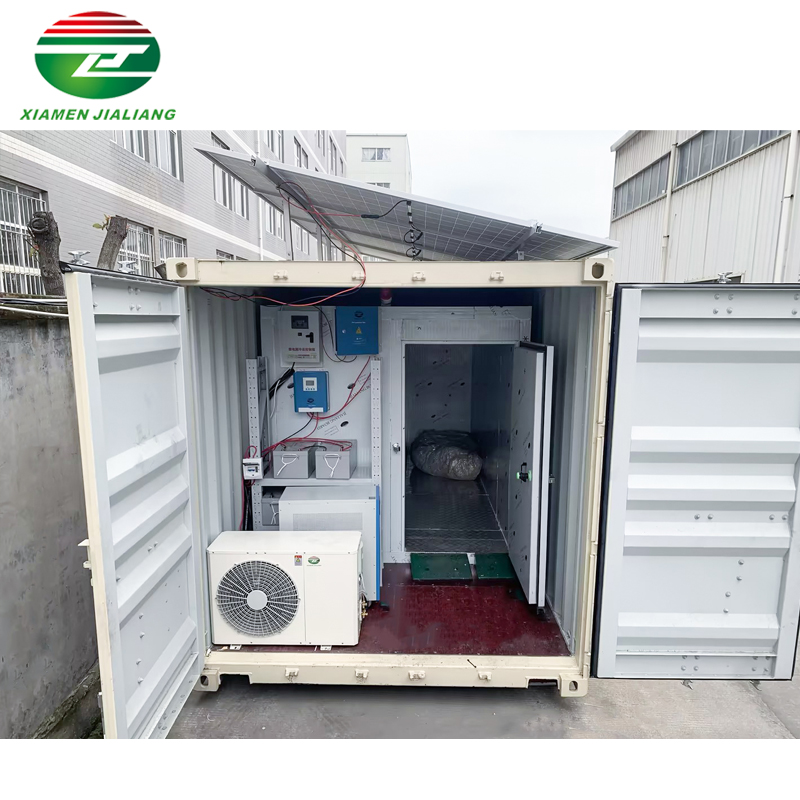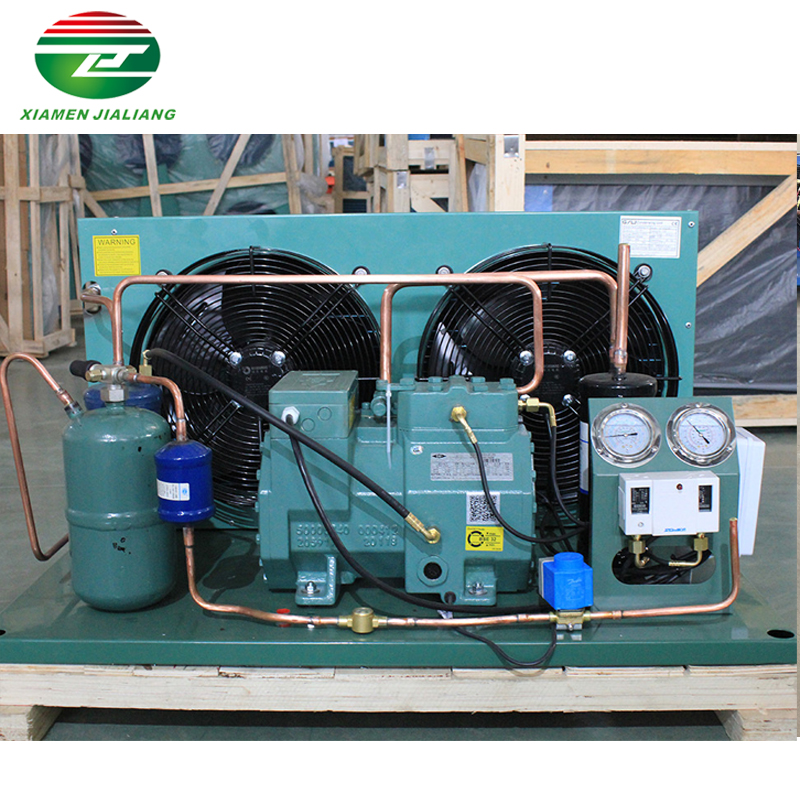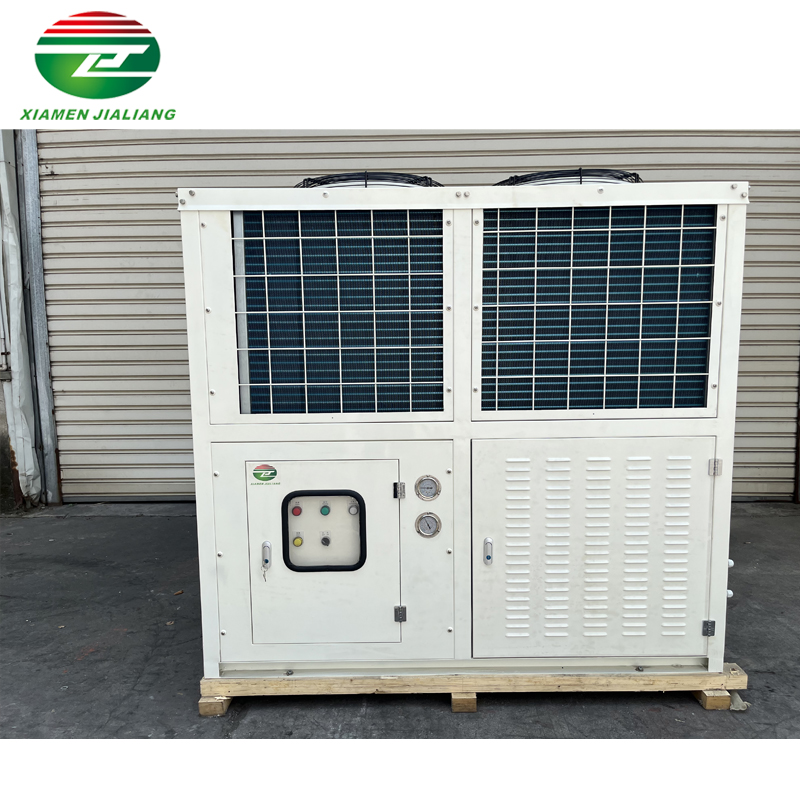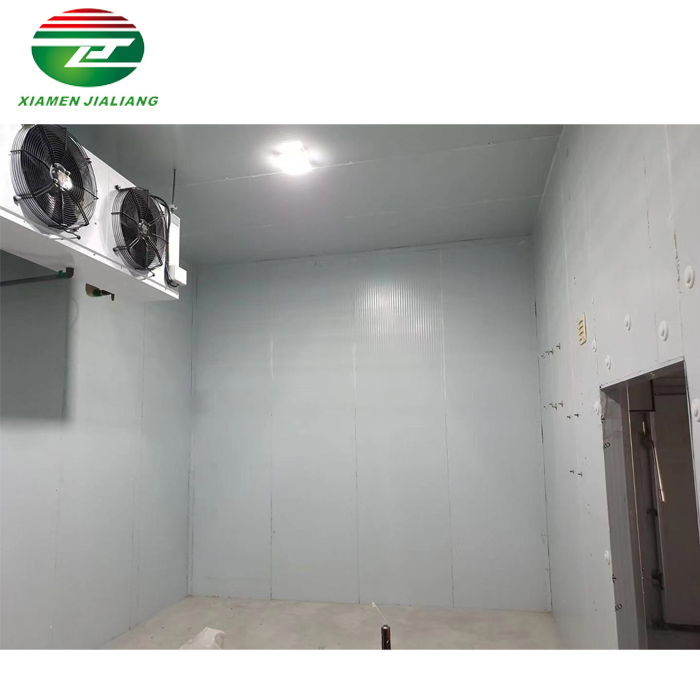What items go in a cold room?

Cold rooms are an essential component of many industries, including food and beverage, pharmaceutical, and storage facilities. These specialized rooms are designed to maintain a constant low temperature to preserve the quality and freshness of perishable items. But what exactly is a cold room? In this article, we’ll explore the must-have items in common cold rooms and discuss other considerations to ensure optimal functionality and efficiency. From racking units and temperature monitoring systems to insulation and lighting, each element plays a vital role in creating an ideal cold storage environment. Whether you’re setting up a new cold room or looking to optimize an existing one, this article will provide valuable insights and tips to help you make an informed decision and maximize the efficiency of your cold room.
Must-have items for cold rooms
A cold room is an essential component of many businesses, especially those in the food industry. It provides a controlled environment to store perishable items at low temperatures, ensuring their freshness and extending their shelf life. When setting up a cold room, there are several essential things you need to consider.
First and foremost, insulation is essential to maintaining the desired temperature inside the cold room. Proper insulation helps prevent heat transfer from the outside environment, ensuring the cold room stays cool. Insulation materials such as polyurethane boards or expanded polystyrene foam are often used for this purpose.
Secondly, a reliable refrigeration system is essential to keep the cold room at the desired temperature. Refrigeration units, such as condensing units or split systems, control the cooling process and maintain the cold room’s temperature within the ideal range. It is essential to choose a refrigeration system that is appropriate for the size of your cold room and the products you intend to store.
In addition to insulation and refrigeration, racking and shelving systems are necessary to organize and maximize the storage space in the cold room. These systems should be sturdy and able to withstand cold temperatures. They should also be designed to allow for proper air circulation around the stored items, ensuring even cooling throughout the cold room.
In addition, a reliable temperature monitoring system is essential to maintain the cold room’s temperature at an optimal level. The system should include temperature sensors or probes strategically placed inside the cold room to provide accurate temperature readings. Alarm systems can also be integrated to alert staff in the event of temperature fluctuations or equipment malfunctions.
Proper lighting and flooring are essential to ensure a safe and hygienic environment in the cold room. Lighting should be bright enough for easy visibility and should comply with safety regulations. Flooring should be non-slip and easy to clean to prevent accidents and keep it clean.
Finally, regular maintenance and cleaning are essential for the efficient operation of the cold room. Routine inspections, cleanings, and repairs to refrigeration systems must be scheduled to prevent breakdowns and ensure optimal performance.
Other Considerations for Cold Rooms
When it comes to setting up a cold room, there are several additional considerations to take into account. These considerations go beyond the basics of installing insulation and a temperature control system. By focusing on these factors, you can ensure that your cold room operates efficiently and effectively.
One important consideration is the layout and design of the cold room. The layout must be planned with efficient movement of goods and easy access to all areas in mind. This includes considering the placement of shelving, racks, and storage units. By optimizing the layout, you can reduce the time and effort required to retrieve items from the cold room and increase overall productivity.
Another consideration is the type of shelving or storage units in the cold room. It is important to choose shelving or racking that is designed for refrigerated environments. These units should be made of materials that can withstand low temperatures without becoming brittle or deteriorating. Additionally, they should be easy to clean and maintain, as hygiene is essential to the cold room.
Proper insulation is another key consideration. The cold room should be well insulated to prevent heat transfer from the surrounding environment. This includes ensuring that the walls, ceiling, and floor are adequately insulated. The type and thickness of insulation used will depend on the specific requirements of the cold room, such as the desired temperature range and storage time.
In addition to insulation, proper ventilation is also important. Cold rooms generate a lot of moisture, which can lead to condensation and the growth of mold or bacteria. Installing a ventilation system will help control humidity and prevent these issues. The ventilation system should be designed so that air circulates effectively without causing temperature fluctuations.
Finally, it is also important to regularly maintain and upkeep the cold room. This includes regular cleaning and disinfection to prevent the accumulation of contaminants. In addition, all equipment, such as refrigeration units and temperature sensors, should be regularly inspected and maintained to ensure optimal performance.
Conclusion
Setting up a cold room requires careful consideration of a variety of basic items, including insulation, refrigeration systems, racking, temperature monitoring, lighting, and flooring. Each of these components plays a vital role in maintaining the functionality of the cold room and ensuring the freshness and quality of stored items. Investing in these necessities allows businesses to create a well-equipped cold room that meets their specific requirements and industry standards. In addition, factors such as layout, design, insulation, ventilation, and maintenance are also vital to the efficiency and effectiveness of the cold room. Paying attention to these additional considerations can help create a cold room that meets specific needs and operates at its best.

